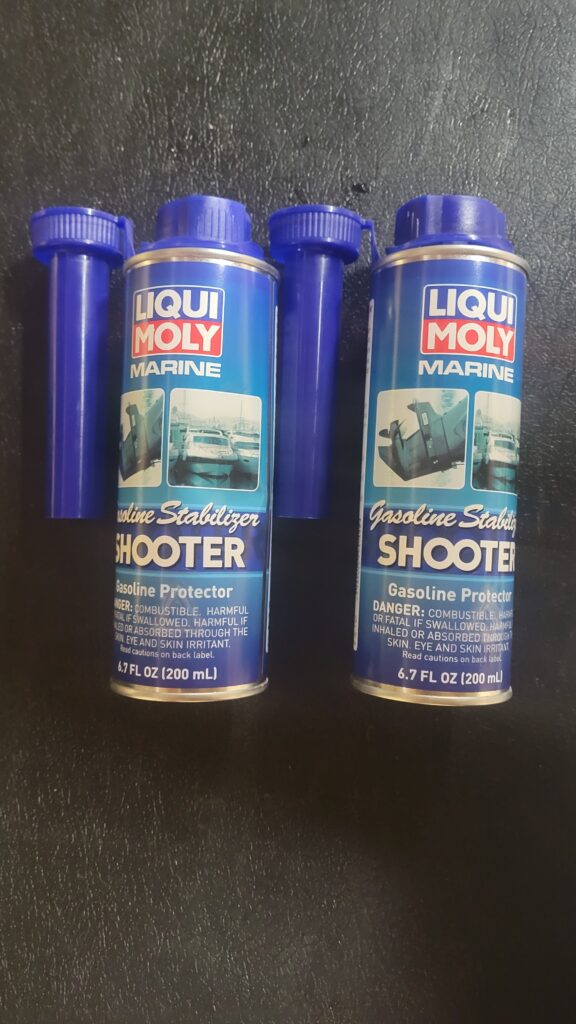As the weather cools and your summer adventures on the water start to wind down, it’s time to think about how to properly store your personal watercraft (PWC) for the off-season. Whether you own a jet ski, WaveRunner, or Sea-Doo, winterizing your PWC is essential for maintaining its performance, extending its lifespan, and avoiding costly repairs when the warm weather returns. Failing to prepare your PWC for extended storage can lead to significant damage, particularly in colder climates where freezing temperatures can wreak havoc on internal components. Here’s why winterizing your PWC is so important.
1. Prevent Engine Damage
One of the most critical reasons for winterizing your PWC is to prevent engine damage caused by freezing temperatures. Water naturally accumulates in the cooling system, engine block, and exhaust system during use. If left unchecked, this residual water can freeze, expand, and crack key components such as the engine block and exhaust manifold. A cracked engine is a nightmare for any PWC owner, leading to expensive repairs or even the need for a full engine replacement.
To avoid this, part of the winterization process includes flushing the engine with fresh water and draining any residual moisture. Some owners also use antifreeze to ensure no water remains in the system that could freeze during the winter months.
2. Protect Fuel System and Engine Internals
When your PWC sits unused for months at a time, the fuel inside the tank and fuel lines can degrade and gum up, leading to poor performance or even engine failure when you try to start it back up. Ethanol-blended fuel, which is common at many gas stations, absorbs moisture over time, and this water can accumulate in your fuel system, causing corrosion or clogging.
Adding a fuel stabilizer during the winterization process helps prevent this degradation by keeping the fuel fresh and preventing water buildup. Running the engine for a few minutes after adding the stabilizer ensures it circulates throughout the fuel system and prevents internal rust and corrosion.
3. Protect Against Corrosion
PWCs are regularly exposed to water, and while they are designed to handle wet environments, prolonged exposure to moisture can lead to corrosion of metal parts, including the engine and electrical components. Saltwater, in particular, is extremely corrosive if left unchecked.
As part of the winterization process, it’s important to thoroughly clean your PWC, removing any dirt, salt, or grime that could cause rust during storage. Applying a protective lubricant or fogging oil to the engine internals and other metal components adds an extra layer of protection against rust and corrosion during the off-season.
4. Battery Maintenance
Neglecting your PWC’s battery during storage can result in a dead battery when you’re ready to hit the water again. Batteries slowly discharge over time, especially in cold weather, and if left unattended, they can become completely drained, reducing their lifespan or rendering them unusable.
Winterizing your PWC should include disconnecting the battery and storing it in a cool, dry place, preferably on a trickle charger to maintain its charge over the winter months. This simple step will ensure that your battery is ready to go when the warm weather returns.
5. Prevent Mold and Mildew
Mold and mildew thrive in dark, damp environments, making your PWC a perfect breeding ground if not properly prepped for storage. This not only creates an unpleasant smell but can also damage your PWC’s upholstery, seat covers, and storage compartments.
To prevent this, make sure your PWC is thoroughly dried before storing it. Leave storage compartments slightly open to allow air circulation, and use moisture-absorbing products like silica gel packs or dehumidifiers to keep the interior dry during the winter months.
6. Save on Costly Repairs
The cost of repairing or replacing major components due to poor storage conditions can be significant. For instance, repairing a cracked engine block or corroded fuel system can run into the thousands of dollars. Winterizing your PWC is a small investment compared to the potential cost of these repairs.
By taking the time to winterize your PWC, you’re not only protecting your watercraft but also ensuring that it’s ready to hit the water without issues when the season starts up again. Avoiding costly repairs and ensuring your PWC stays in top shape over its lifetime makes winterizing a no-brainer for any responsible owner.
Conclusion
Winterizing your PWC is more than just an off-season chore; it’s an essential step in protecting your investment. By flushing the engine, adding a fuel stabilizer, protecting against corrosion, maintaining the battery, and ensuring proper storage, you can safeguard your PWC from the effects of cold weather and inactivity. As a result, when summer comes around again, your watercraft will be ready to provide you with the thrill and fun you’ve come to expect—without any unwelcome surprises.

